[section label=Introduction]
Keeping the Lights On
 Generally when most people purchase a new PC, one of the most important things they overlook is a quality UPS, or uninterruptible power supply. We’re definitely guilty of it since sometimes we don’t even run a UPS and we for sure don’t always recommend people pick up a UPS despite how crucial it is when it comes to protecting the computer equipment we’ve recommended them spend thousands of dollars on.
Generally when most people purchase a new PC, one of the most important things they overlook is a quality UPS, or uninterruptible power supply. We’re definitely guilty of it since sometimes we don’t even run a UPS and we for sure don’t always recommend people pick up a UPS despite how crucial it is when it comes to protecting the computer equipment we’ve recommended them spend thousands of dollars on.
While PC components have gotten faster, cheaper, and more reliable than they’ve ever been, it still remains that these components are made up of semiconductor circuits. Semiconductor circuits that are sensitive to fluctuations in a power grid such as a surge, brownout or simply an improper shutdown of the PC.
Today we’ll be reviewing the APC Power Saving Back-UPS Pro 1500VA (BR1500G), which is a premium consumer UPS designed for power users and small businesses.
| Model | APC Power Saving Back-UPS Pro | ||
|---|---|---|---|
| Topology | Line-Interactive | ||
| Wave Form | Stepped Approximation to Sine Wave | ||
| Transfer Time | 8ms Typical, 12ms Maximum | ||
| Wattage | 600 W | 780 W | 865 W |
| VA Rating | 1000 VA | 1300 VA | 1500 VA |
| UPS Outlets | Four | Five | |
| Surge Only | Four | Five | |
| Battery Type | Maintenance Free Sealed Lead Acid | ||
| Surge Energy Rating | 354 Joules | ||
| Interface | USB and Serial | ||
| Dimensions | 9.84″ x 3.94″ x 15.04″ | 11.85″ x 4.41″ x 15.04″ | 11.85″ x 4.41″ x 15.04″ |
| Weight | 23.58 lbs | 23.1 lbs | 26.62 lbs |
Looking at the specifications, the APC Power Saving Back-UPS Pro is a line-interactive type UPS which is designed to output a stepped sine wave waveform. The unit we have for review today is the 1500VA unit which is the highest capacity UPS unit in the APC Power Savings Back-UPS Pro lineup. It carries a 1500 VA (Volt-Ampere) rating which is equivalent to 865W. In addition to the 1500VA model, APC also offers the Power Saving Back-UPS Pro in 700VA, 1000VA and 1300VA.
Let’s take a closer look.
[section label=”A Closer Look”]
A Closer Look at the APC Power Saving Back-UPS Pro 1500VA (BR1500G)
Here’s a look at the APC Back-UPS Pro 1500VA. It’s a very nice, professional looking unit with a glossy finish up front and a nice matte finish all around. Construction is largely of plastic, but it’s quality plastic, so it feels study. In terms of size, it’s a pretty big unit, measuring in at 11.85″ x 4.41″ x 15.04″. It also weighs a solid 26.62lbs thanks to the large batteries within.
Once everything’s unpacked, the batteries must be removed from the bottom and flipped around to be put it into action. The APC Back-UPS Pro 1500VA uses the APC RBC124 battery which is two full 9Ah/12V sealed, maintenance free batteries stuck together. These batteries will generally last about 3 years and a replacement battery will run you approximately $38.50 today.
Once powered on, the screen up front will light up. Since it’s a UPS, there isn’t much to do on the Back-UPS Pro 1500VA itself. Above the LCD, there’s three buttons which are pretty self explanatory thanks to the little pictures provided. The middle button is for powering on the unit, the left button is for muting warning sounds, and the right button is for scrolling through the stats on the LCD.
Here’s some of the stats available directly from the LCD. It’s pretty nifty, but I seriously doubt most people watch the LCD on their UPSes all day.
Here’s a look at the rear of the Back-UPS Pro 1500VA. As the unit is both a battery backup and a surge protector, it has ports for practically every interface which may be susceptible to surges. Up top there are two ethernet ports, in the middle there are two coax ports, and of course there’s 10 standard power ports, five of which are surge only and the other five are battery backup.
At the left there’s also a connector slot available for those who wish to expand the Back-UPS Pro 1500VA for more power capacity. APC Power Saving Back-UPS Pro 1500VA can purchase the APC Back-UPS Pro External Battery Pack for additional runtime.
Additionally, there’s also a data port as well which uses a very uncommon RJ-45 connector to either serial or USB. This serves as a connection to the PC for management purposes. Included in the packaging you only get the RJ-45 to USB connector, but the RJ-45 to Serial will need to be purchased.
[section label=”APC PowerChute”]
APC PowerChute Personal Edition
With the APC Back-UPS Pro 1500VA, APC also includes their PowerChute Personal Edition software which allows users to perform monitoring, diagnostics, and other functions.
Since we get PowerChute Personal Edition with the Back-UPS Pro 1500VA, the functionality is relatively basic, but it does everything a typical consumer would need. Here’s a look at the status screen.
Because the APC Power Saving Back-UPS Pro 1500VA is a line-interactive unit, it has voltage regulating capabilities. The PowerChute software can be used to set the point at which voltage regulation will kick in to help either raise or lower the voltage.
Since this is the APC Power Saving Back-UPS Pro, select AC power ports on the UPS can be set to automatically shut down after the master port is turned off or drops below a certain voltage. This is a great way to prevent unneeded power draw from devices you were too lazy to turn off such as monitors, speakers, printers, etc.
The APC Power Saving Back-UPS Pro 1500VA also has a menu for sensitivity which monitors the AC line power for electrical noise. If electrical noise is out of spec, the UPS will kick in to prevent damage to the connected equipment.
The PowerChute software can be set to either “preserve battery power” or “keep my computer on as long as possible”. No explanations needed there.
[section label=Performance]
APC Power Saving Back-UPS Pro 1500VA (BR1500G) Performance
Runtime
Alright. Getting into performance, the first test we ran with the APC Power Saving Back-UPS Pro 1500VA is arguably the most important factor – run time. After all, we purchase UPSes to mainly to give us those extra couple minutes to save our work and shut down our systems properly after the power goes out.
In order to test the runtime of the UPS, we devised a test using incandescent lightbulbs. By chaining the bulbs together, we could load the UPS to a fairly precise amount of power draw. After charging up the UPS to maximum capacity, we plugged in the measured load until the power ran out, then recorded the time it took for power to run out.
| Power Draw | 20w | 40w | 60w | 75w | 100w | 140w | 175w | 200w | 300w | 400w | 500w | 600w | 700w | 800w |
|---|---|---|---|---|---|---|---|---|---|---|---|---|---|---|
| Runtime (in minutes) | 151 | 91 | 67 | 49 | 39 | 26 | 21 | 16 | 9 | 6 | 4 | 2 | 2 | 1 |
Performance Analysis
Since this is a relatively big UPS designed for more power hungry applications, the runtime is actually very good. A typical modern computer system will draw somewhere between 100w and 200w during typical lighter workloads. In our testing, this would result in a runtime between 16-39 minutes which is plenty of time to safety shut down a system.
Waveform
Since batteries in a UPS are DC and computer power supplies are designed to use AC power, UPSes require onboard inverters to convert DC to AC power.
Like all products, there are different levels of quality between power inverters. Cheaper power inverters take the easy way out and simply swing between extremes of voltages while more expensive inverters are able to fully emulate a true sine wave provided by the electric company.
Here are examples of a few of the different types of waveforms generated by different inverters.
Square Wave
Cheaper UPSes contain square wave inverters which are very cheap, basic inverters that simply swings voltages from one extreme to the other. These tend to cause problems with electronics and may even damage sensitive electronics so you typically won’t see these on newer UPSes.
Stepped Square Wave
Most entry level to mid-range UPSes generate a stepped square wave which looks something like this. Power here goes from one extreme to zero to another extreme back to zero. Some units may produce one more step in the middle, some may not. Stepped sine waves are generally safe for most modern systems with high quality power supplies, but it’s not ideal. Some power supplies such as those with active power factor correction may have issues with the stepped sine wave.
Sine Wave
High end UPSes generally feature true sine wave inverters which generate power either exactly or almost exactly the way you’d get from the electrical grid. These are expensive, but they are almost guaranteed safe for even the most sensitive power supplies.
Testing
In order to test the waveform outputted by the UPS, we connected an oscilloscope to the Power Saving Back-UPS Pro 1500VA and took some screenshots of the waveform both with AC power connected simulating normal running conditions and without AC power connected simulating a power outage.
APC Energy Saving Back-UPS Pro 1500VA on AC Power
APC Energy Saving Back-UPS Pro 1500VA on Battery
Performance Analysis
When running on AC power, we get a perfect sine wave straight from the wall. No surprises there. When the battery kicks in, we get a stepped sine wave as seen above. This should be fine for most modern systems with high quality PSUs, but I’d recommend checking with your power supply manufacturer to ensure compatibility.
Transfer Time
Transfer time refers to how long it takes after AC power is lost for the battery backup to kick in. Obviously, the faster the better as too much of a delay will result in a system shutting down unexpectedly. Transfer time will greatly depend on the type of UPS and how it’s designed internally.
Types of UPSes
There are three major UPS designs that most consumer UPSes will use.
Standby or Offline
This is the most basic type of UPS generally geared for home users. Computers connected to a standby/offline switch is connected directly to AC power and aside from basic surge protection, there’s no other power filtering done by the UPS. When the power goes out, a standby/offline UPS will trigger a switch in the unit which will switch the power from AC power circuit to the battery power circuit. This switchover unfortunately takes slightly longer than more premium UPSes and the increased transfer time may cause issues with sensitive electronics.
Line-interactive
This is a very common type of UPS for power users and small businesses. Rather than place the battery on a separate circuit like the standby/offline UPS, line-interactive UPSes have their batteries constantly connected to to an inverter which charges the battery when AC power is available and uses the battery when AC power is down. Since there isn’t a full switching action involved, this gives the line-interactive UPS a much faster transfer time than standby/offline units and will transfer fast enough that most electronics won’t be affected.
Line-interactive UPSes also have a multi-tap variable-voltage autotransformer which is designed to help regulate voltage. This allows the UPS to draw more current to compensate for under-voltage scenarios and draw less current for over-voltage scenarios.
On-line
This is generally considered the most advanced type of UPS designed for workstations, servers, and other high availability applications. While there are several different variations of on-line UPSes, the most common for consumer applications is the double-conversion on-line UPS. These UPSes have a rectifier connected to AC power so that energy coming from the wall is converted to DC which then gets reconverted to AC via an inverter before hitting the equipment. As the equipment is already connected to an active inverter, if AC power is lost, the battery simply kicks in with zero transfer time.
Testing
Performance Analysis
APC rates the Power Saving Back-UPS Pro 1500VA with a transfer time of 8ms average and 12ms max. In our testing, we found this to be accurate. In the screenshot above, we can see that it took approximately 10ms for power to transfer to battery after sudden power loss. For most systems with quality power supplies, there should be more than enough power sitting in the capacitors to last 8-12ms without issue.
[section label=Conclusions]
APC Power Saving Back-UPS Pro 1500VA (BR1500G) Conclusions
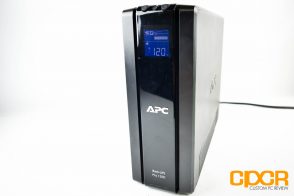 Since I’ve had the APC Power Saving Back-UPS Pro 1500VA for over two years, this is a very long term review of the product and I have to say I’ve been very impressed with it. During the past few years, the unit’s been through multiple power outages and multiple brownouts, and it’s still going strong.
Since I’ve had the APC Power Saving Back-UPS Pro 1500VA for over two years, this is a very long term review of the product and I have to say I’ve been very impressed with it. During the past few years, the unit’s been through multiple power outages and multiple brownouts, and it’s still going strong.
As far as compatibility, I also haven’t had any compatibility issues with any of the systems and power supplies in the lab here, so the stepped sine wave hasn’t been a problem. Those with power sensitive equipment, I’d highly recommend a UPS such as APC’s Smart-UPS Battery Backups which output a real sine wave. I also haven’t had any issues with the transfer time being too long. I may sometimes get a flicker on the monitor during the transfer process, but nothing too serious. This will however depend on your power supply and I suspect most issues with stepped sine wave UPSes like this will stem from users who own pre-built systems with cheap, bottom of the barrel OEM power supplies. *Looking at you Dell, HP, Lenovo*
The power saving feature on the APC Power Saving Back-UPS Pro is definitely a welcome addition as well. While my monitor, speakers and printer draw under 10w when idle, the power savings do add up over a period of time. Depending on how much idle power draw your devices use, they might even pay for the cost of the UPS over the long run.
The only real negative I could find about the APC Power Saving Back-UPS Pro is the strange cable they require for interfacing with a PC. If you lose the cable, the APC RJ-45 to USB cable currently costs ~$30 which is basically a highway robbery in my book. For that amount you could literally get a Thunderbolt cable which has licensed chip technology built in. APC could’ve easily used a standard USB port or a standard serial port with a standard cable.
APC’s Power Saving Back-UPS Pro 1500VA is available online for $163.70, which makes it more expensive than other line-interactive UPSes of a similar size from CyberPower, Tripplite, and Opti-UPS. That said, APC’s Power Saving Back-UPS Pro unit is the only one with power saving functionality and includes expansion capability should the runtime on one battery be insufficient. APC also includes a $150,000 equipment protection policy for equipment connected to the Power Ssaving Back-UPS Pro 1500VA, so rest assured your equipment will be replaced should things go wrong. Those looking for those features will find that APC’s Power Saving Back-UPS Pro 1500VA an excellent purchase. Recommended!
Sample provided by: APC
Available at: Amazon

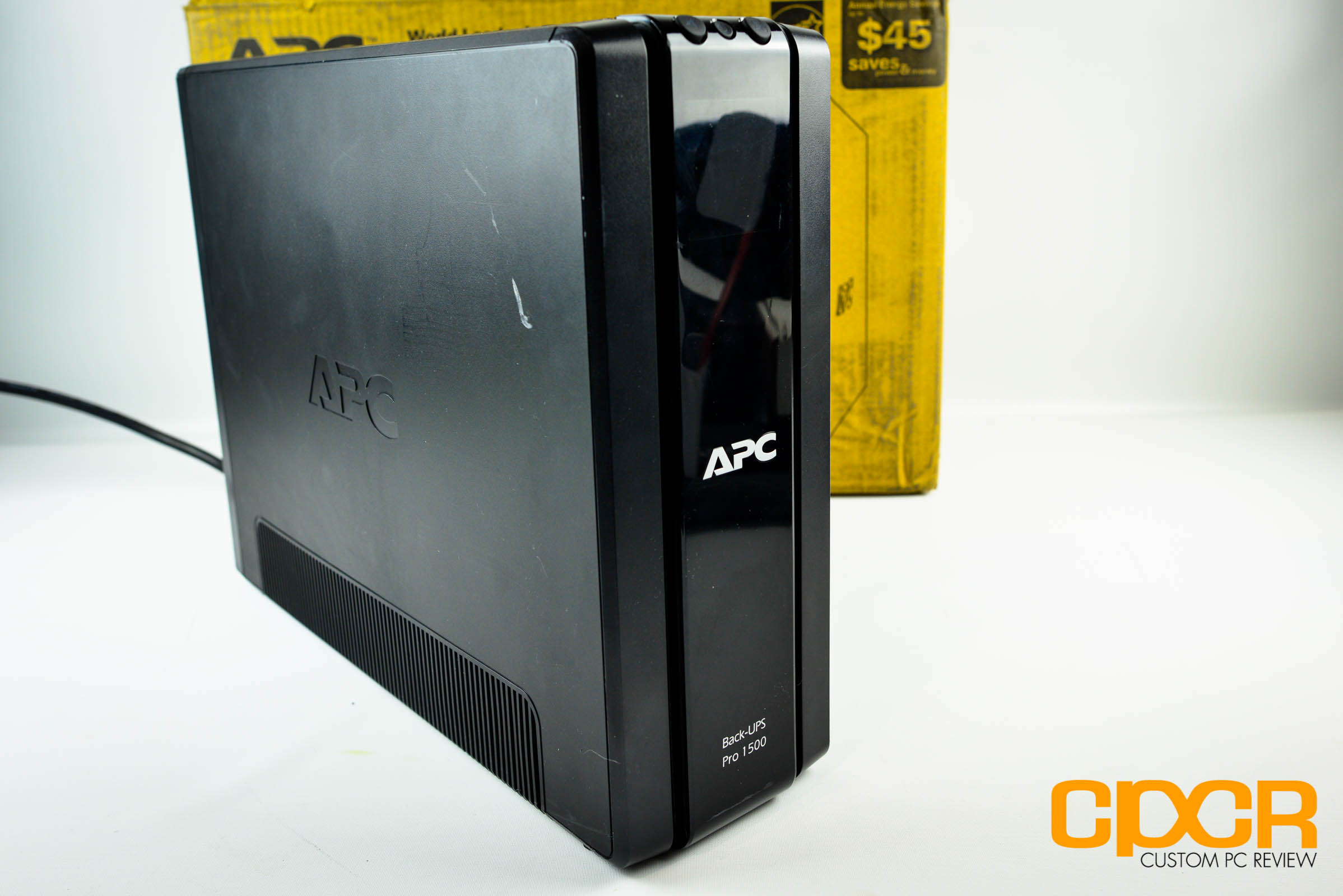
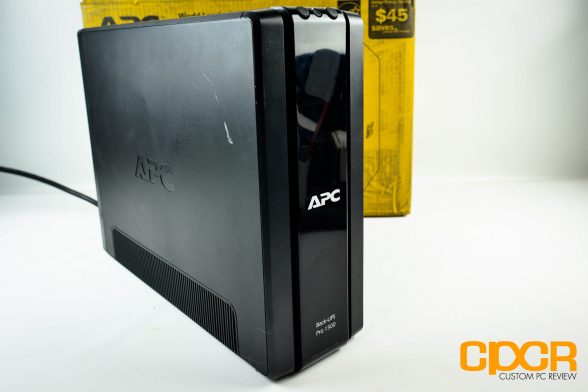
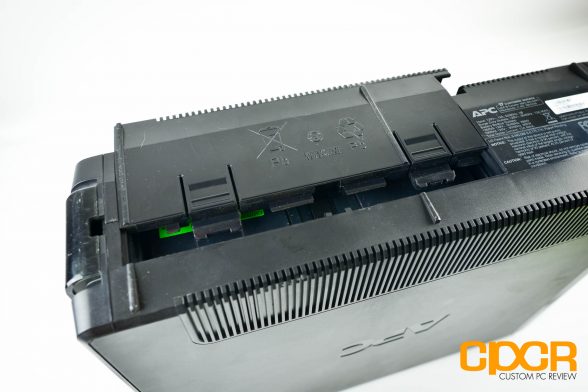
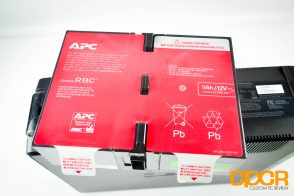
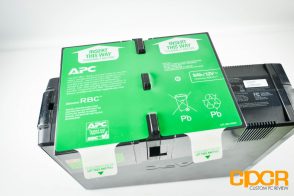
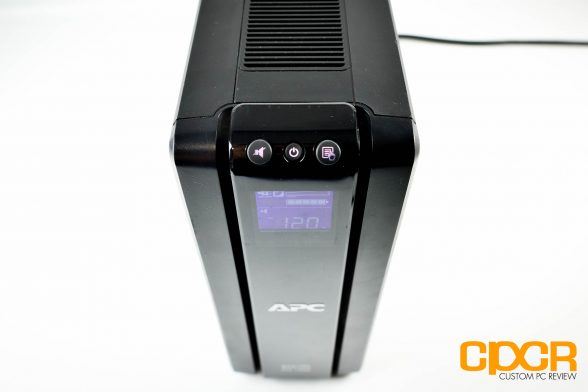
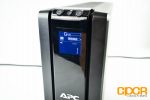


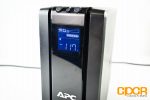
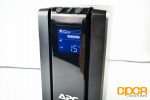
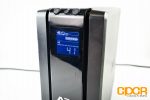
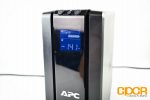
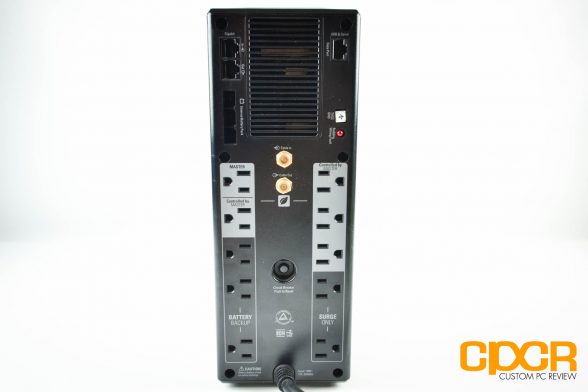
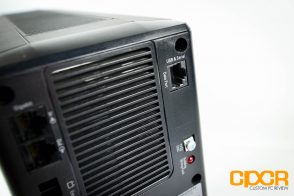
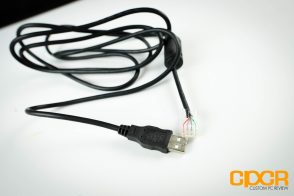
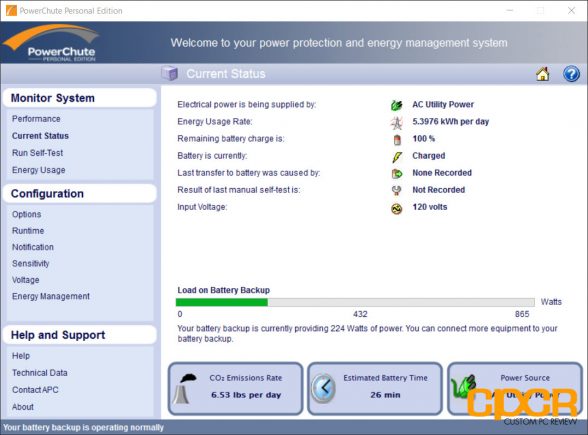
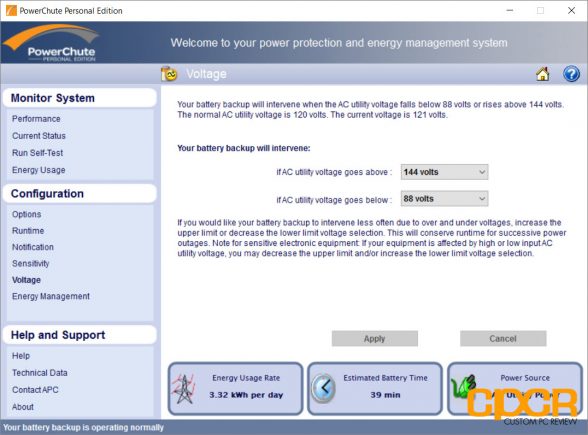
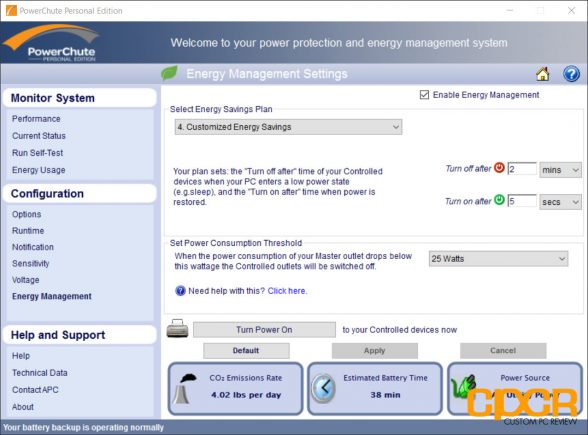
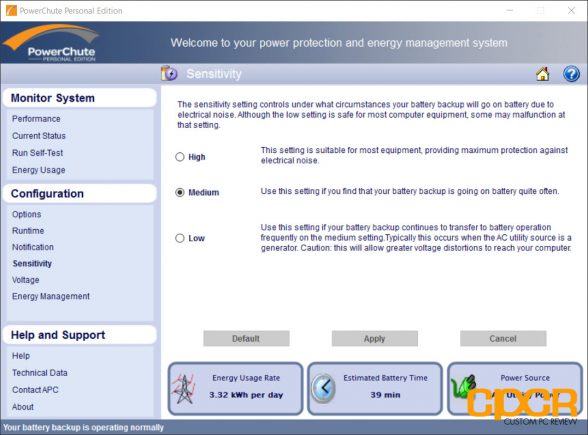
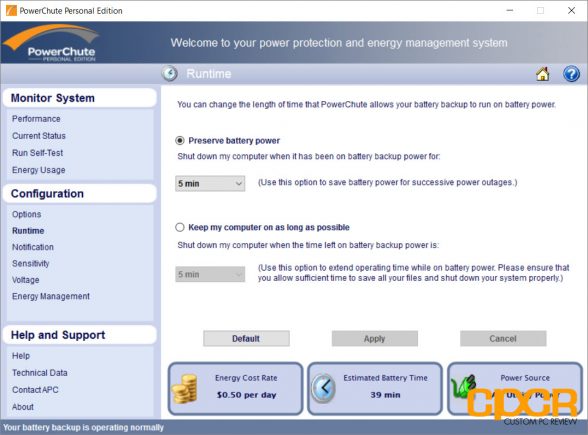

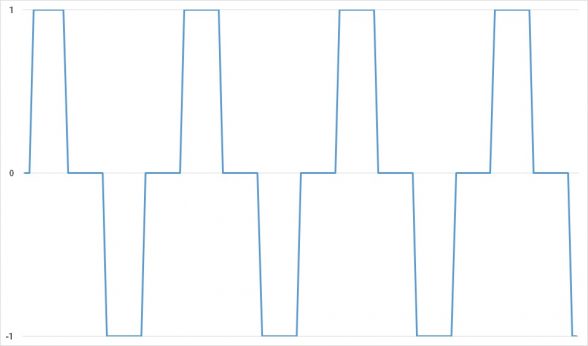
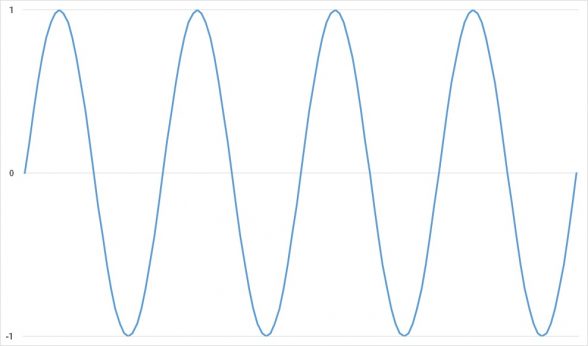
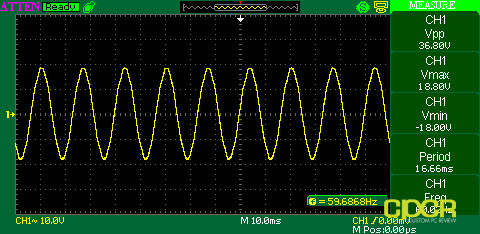
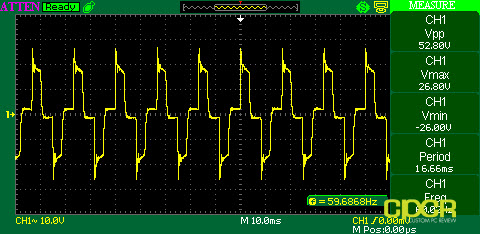
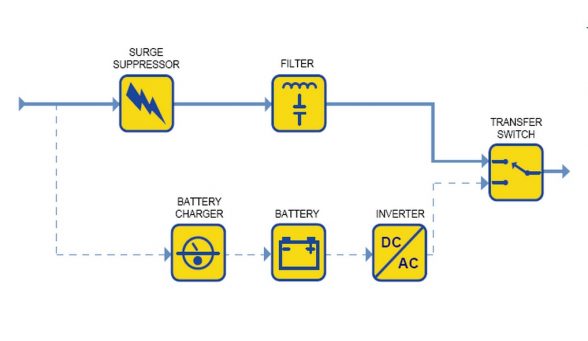
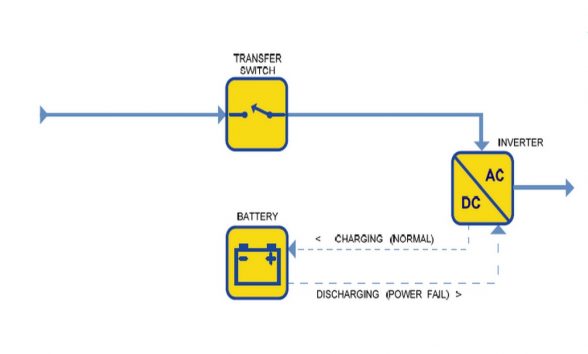
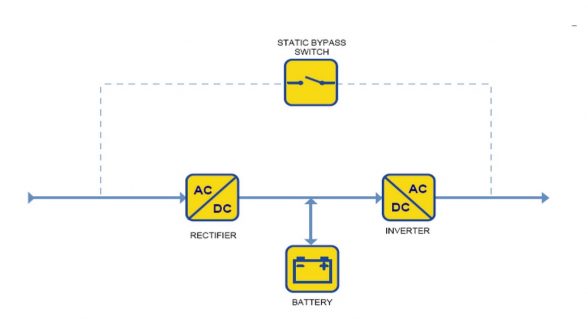
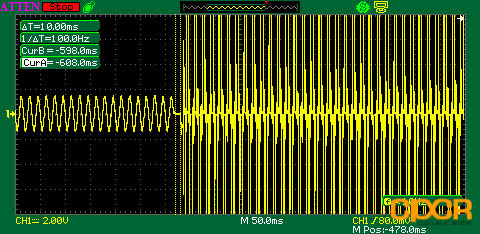

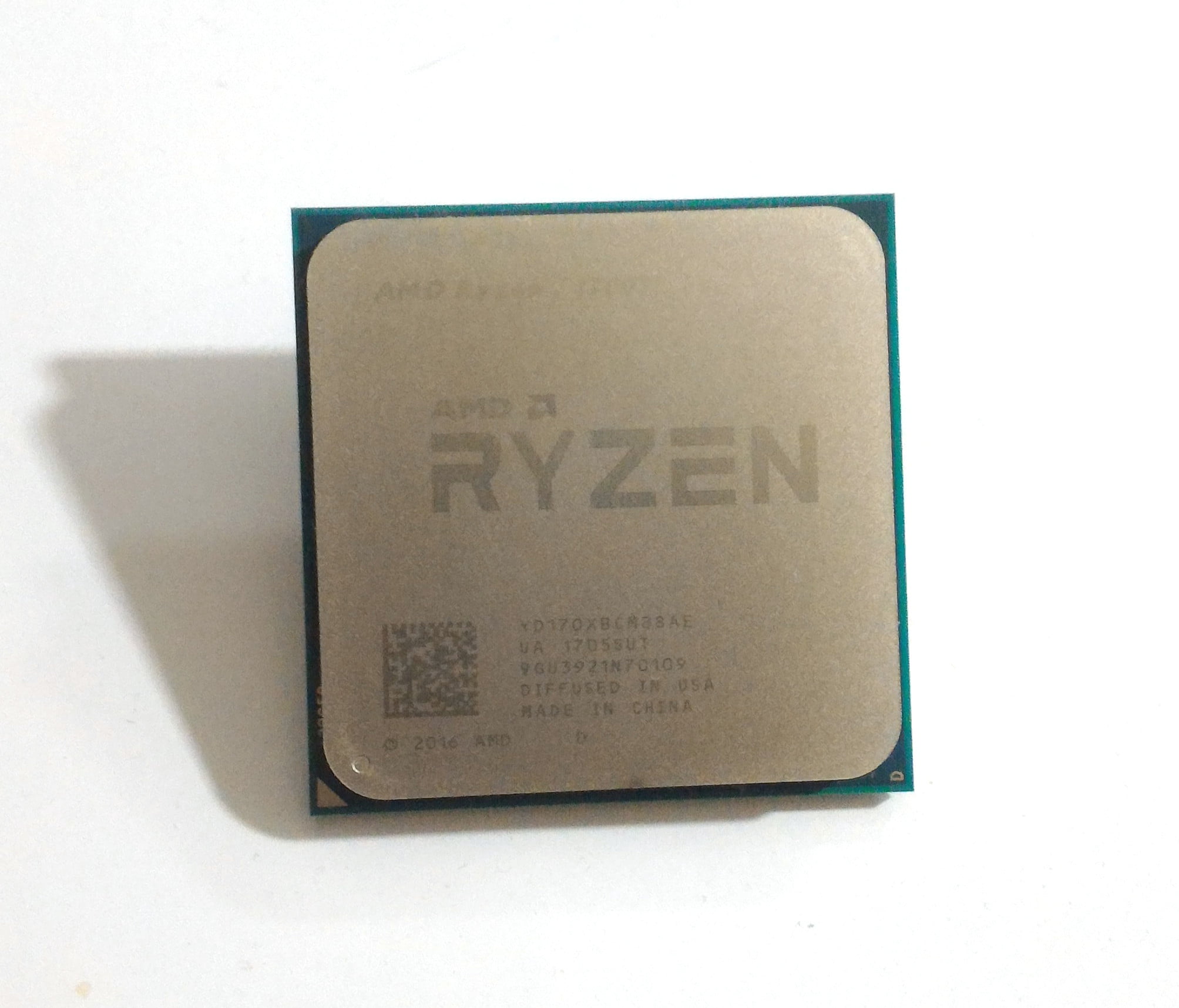
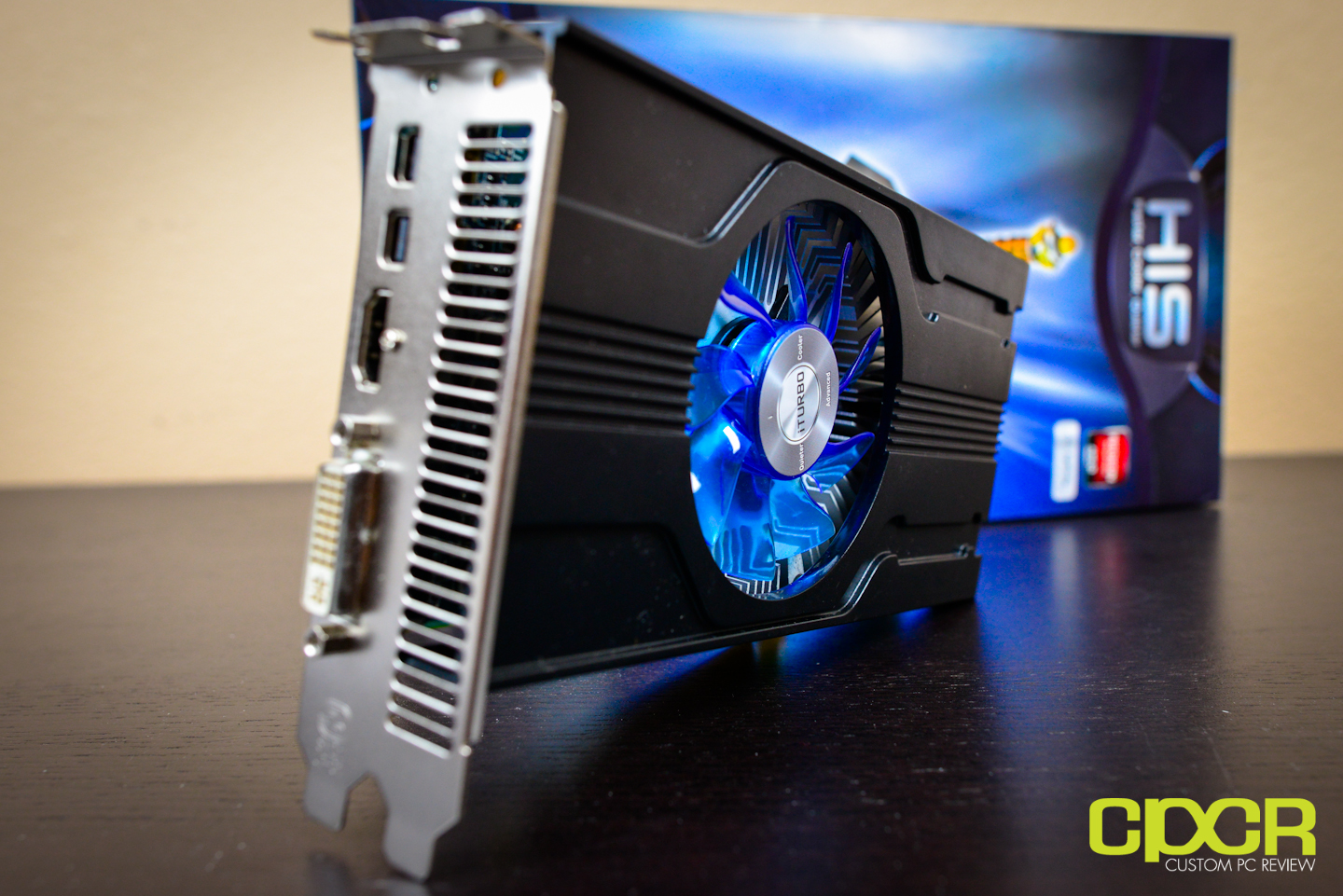
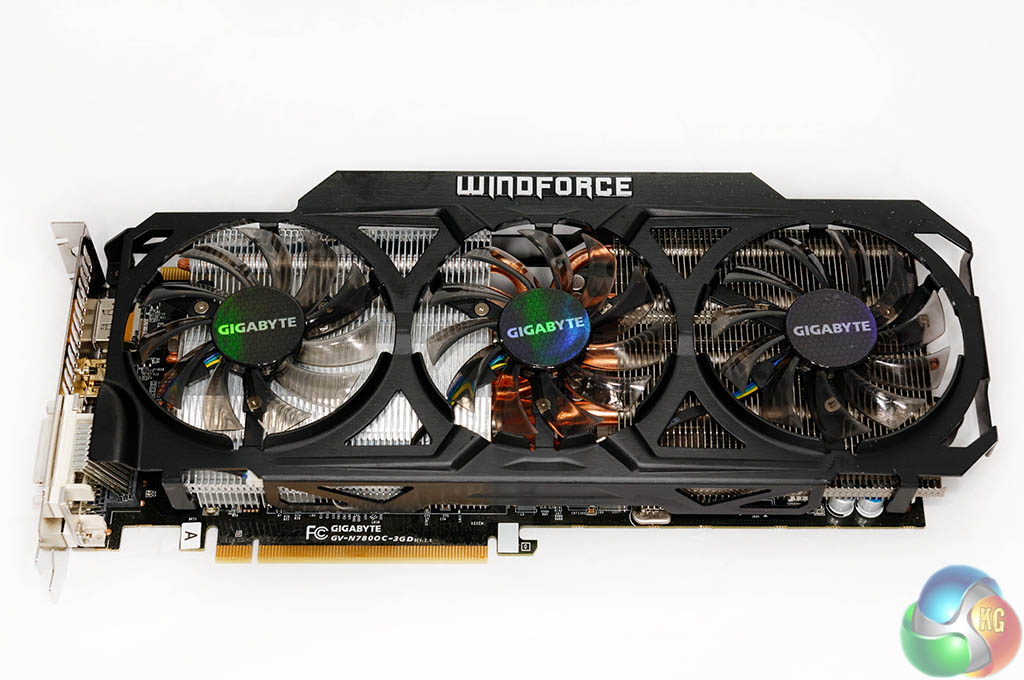
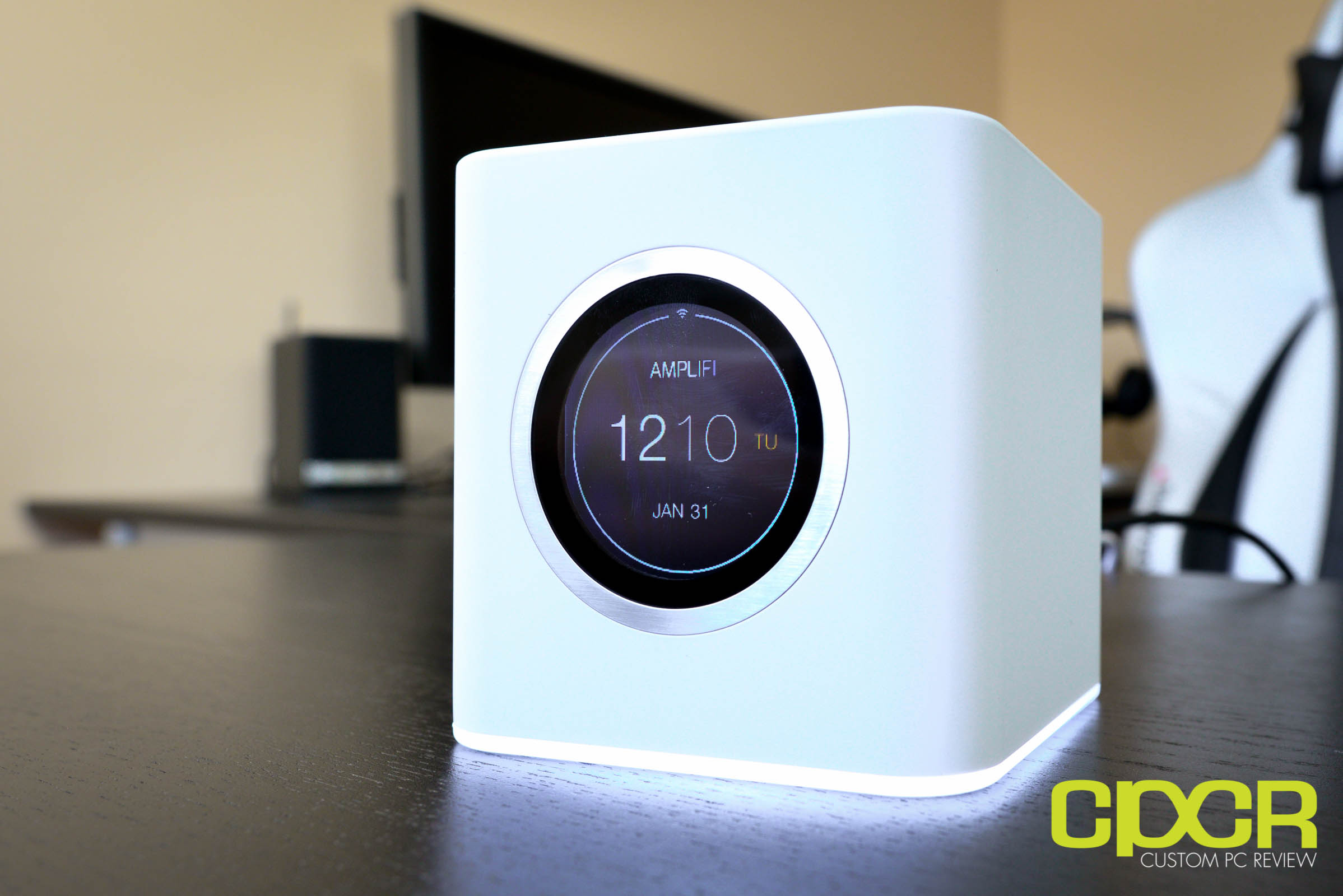
Very great review! Thank you! You have real runtime that makes more sense than what APC wrote on their box. They are fooling people with their numbers. 40w = 164m, 79w = 91m, 119w = 59m, 240w = 27m and 335w = 18m. Close to the double of what you tested. There should be a law against that kind of false information. Thank you again for your extended review.